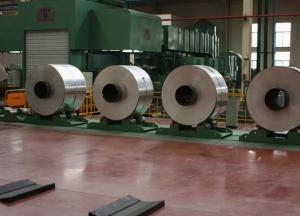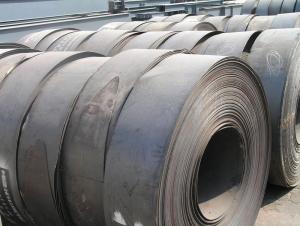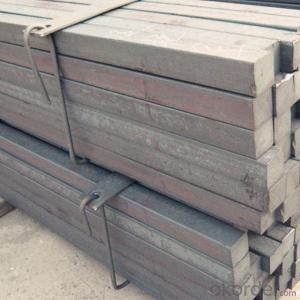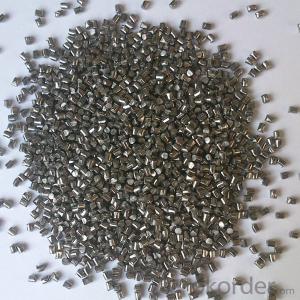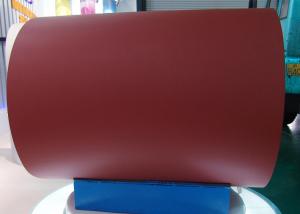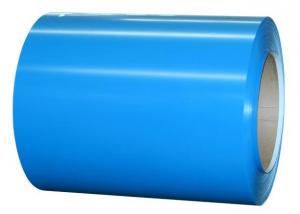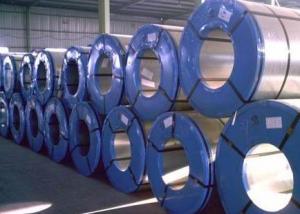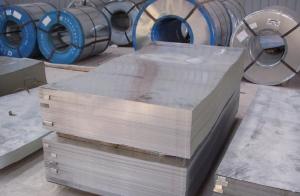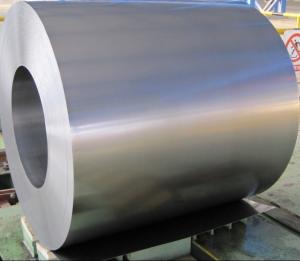Q195, Q235, 3sp, 4sp, SS400 Steel Billets
- Loading Port:
- China main port
- Payment Terms:
- TT OR LC
- Min Order Qty:
- 1000 m.t.
- Supply Capability:
- 100000 m.t./month
OKorder Service Pledge
OKorder Financial Service
You Might Also Like
Item specifice
1. Product Description
Basic Info.
Model NO.: Q195/215/235/345/45#/ASTM A36, JIS SS400
Standard: AISI, JIS, ASTM, DIN, BS, GB
Technique: Hot Rolled
Process: Hot Rolled
Grade: Q195/215/235/345/45#/ASTM A36, JIS Ss400
Dimensions: 20*20-150*150mm
Length: 6-12m or as Required
2. Product Picture

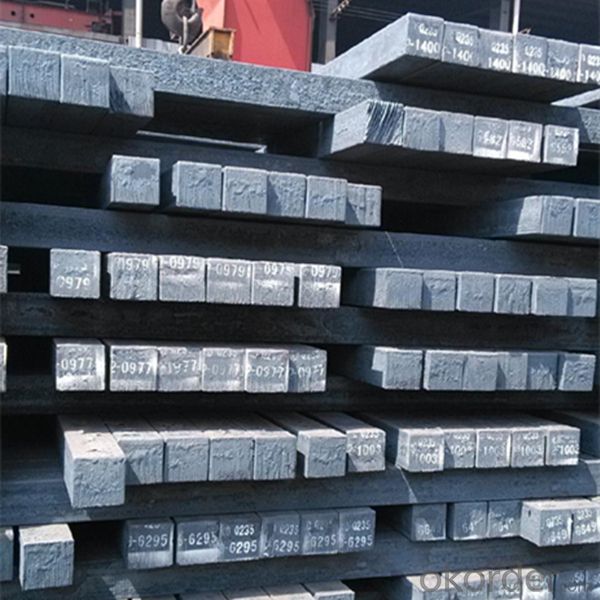
3. Packaging and Shipment
Packaging: In Bundle
Export Markets: Global
Application: Carbon structural steel, alloy structural steel, gear steel, spring steel,
Bearing steel, etc.
Packaging Detail: Exporting standard packing in mill or as request
Delivery Detail: Within 15-30 days after receiving deposits or original LC
The Billets produced by the company can be broadly divided into three main types i. E.
1. M. S. Billets
2. CRS Billets
3. Special Alloy Billets
M. S. Billets are used for rolling of TMT Re-Bars of Fe415 and Fe500 Grade and various other structural steel products.
CRS Billets are used for rolling of CRS TMT Re-Bars.
Special Alloy Billets are used for rolling of any special grade TMT Re-Bars like Earthquake resistant TMT Re-Bars and for special grade structural steel products.
4. Production Process
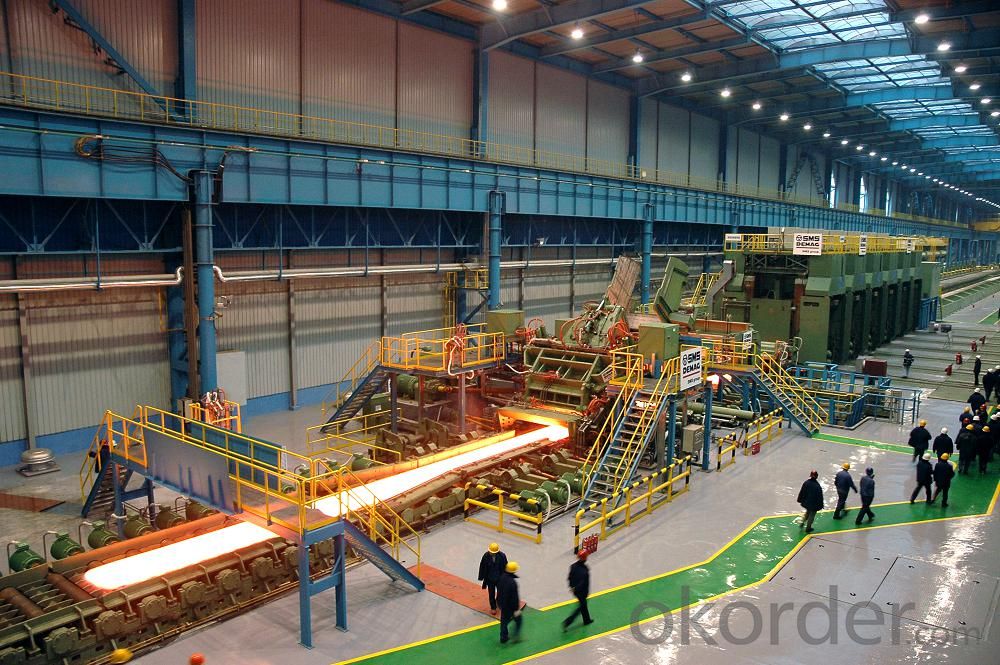
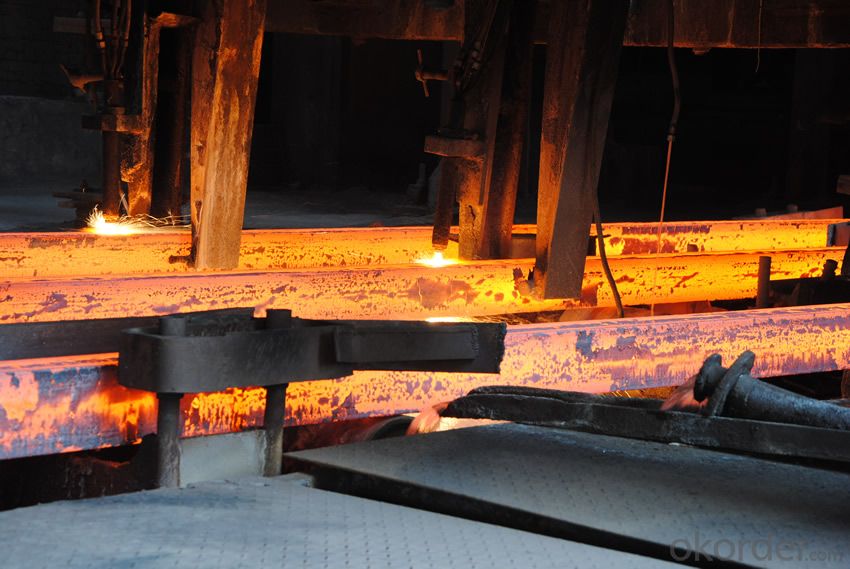
- Q:What are the applications of steel in the pharmaceutical industry?
- Steel is widely used in the pharmaceutical industry for various applications, including the manufacturing of equipment like storage tanks, pressure vessels, and piping systems. It is also used in the construction of cleanrooms and laboratories due to its durability, corrosion resistance, and easy cleanability. Furthermore, steel is utilized in the production of pharmaceutical packaging materials such as vials, syringes, and needles. Its strength and inertness make it an ideal choice for ensuring product safety and integrity.
- Q:How do steel products contribute to the construction of theme-based historical reenactment centers?
- Steel products contribute to the construction of theme-based historical reenactment centers in various ways. Firstly, steel is a strong and durable material, making it ideal for constructing the structural framework of buildings, such as the main halls, exhibition spaces, and grandstands. Steel beams and columns provide the necessary support and stability required for large-scale structures, ensuring the overall safety and longevity of the center. Additionally, steel products are crucial for creating authentic historical elements within the reenactment centers. Steel can be used to fabricate historically accurate replicas of weapons, armor, and other artifacts, enhancing the immersive experience for visitors. From swords and shields to cannons and catapults, steel plays a vital role in recreating the historical ambiance and ensuring the accuracy of the reenactments. Moreover, steel products are also employed for the construction of functional elements within the centers. These include gates, fences, railings, and signage, which not only provide security and guidance but also contribute to the overall theme and aesthetics of the center. Steel's versatility allows for intricate designs and customization, enabling the creation of visually appealing and historically appropriate features. In summary, steel products are indispensable in the construction of theme-based historical reenactment centers due to their strength, durability, authenticity, and versatility. They contribute to the overall safety, accuracy, and visual appeal of the centers, enhancing the immersive experience for visitors and ensuring the successful portrayal of historical eras.
- Q:How does the thickness of steel affect its strength?
- The thickness of steel directly affects its strength. Generally, thicker steel tends to be stronger and more resistant to deformation or failure under load. This is because thicker steel has a greater cross-sectional area, which allows it to distribute and withstand forces more effectively. Thicker steel also provides a larger volume for the material to absorb energy before reaching its breaking point. However, it is important to note that there is a trade-off between thickness and other factors such as weight and cost, so the optimal thickness depends on the specific application and requirements.
- Q:What are the applications of steel mesh in architectural facades?
- Steel mesh has various applications in architectural facades. It is commonly used as a cladding material to provide both aesthetics and functionality. Steel mesh can be used to create visually appealing designs on the exterior of buildings, adding texture and depth. Additionally, it can be utilized as a sunshade or privacy screen, allowing for controlled light and ventilation while maintaining privacy. The durability and strength of steel mesh also make it suitable for enhancing the structural integrity of facades. Overall, steel mesh offers versatility and practicality, making it a popular choice in architectural facades.
- Q:What are the different types of steel rails and their applications in tram systems?
- There are primarily four types of steel rails used in tram systems: grooved, Vignoles, bullhead, and flat-bottom rails. Grooved rails have a groove on the top surface, allowing the tram wheels to fit securely. Vignoles rails are commonly used in urban tram networks due to their durability and ease of installation. Bullhead rails have a symmetrical profile, making them suitable for heavy-duty and high-speed tram lines. Lastly, flat-bottom rails are versatile and widely used in tram systems worldwide. Each type has specific applications based on factors such as the tram's weight, speed, and the terrain it operates on.
- Q:How are steel pipes used in the transportation of natural gas?
- Steel pipes are commonly used in the transportation of natural gas due to their strength, durability, and ability to withstand the high pressure and corrosive nature of the gas. These pipes are used to create a reliable and efficient network that transports natural gas from production facilities to distribution points and eventually to consumers, ensuring a safe and efficient supply of energy.
- Q:What are the different types of steel products used in the manufacturing of musical instruments?
- There are various types of steel products used in the manufacturing of musical instruments, including stainless steel for strings, steel alloys for instrument bodies, and steel springs for mechanical components such as keys and pedals.
- Q:How is steel used in the manufacturing of machinery and equipment?
- Steel is commonly used in the manufacturing of machinery and equipment due to its strength, durability, and versatility. It is used to construct the structural framework of machines, as well as components such as gears, shafts, and bearings. Its ability to withstand high temperatures, corrosion, and heavy loads makes it ideal for manufacturing equipment that requires strength and reliability. Additionally, steel can be easily shaped, welded, and machined, allowing for the production of complex machinery and equipment.
- Q:What are the different types of steel rails and their applications?
- There are several types of steel rails used in various applications. Some common ones include: 1. Heavy-duty rails: These are used in high-traffic areas like mainline tracks for passenger and freight trains. They are designed to handle heavy loads and provide stability and durability. 2. Light rails: These are used in light-duty applications such as subway systems, tramways, and light-rail transit. They are typically lighter and more flexible, allowing for easier installation and maintenance. 3. Crane rails: These rails are specifically designed for use in crane systems, providing a stable track for heavy lifting operations in industries like construction, manufacturing, and shipping yards. 4. Grooved rails: These rails have a groove along their length, allowing for the installation of a flanged wheel, commonly used in tramways, streetcars, and some light rail systems. 5. Guard rails: These are installed at the edges of railway tracks to prevent derailments and ensure the safety of trains. They are generally made from high-strength steel to withstand impact and provide protection. The choice of steel rail depends on the specific application, load requirements, and environmental factors. Each type has its own advantages and is used accordingly to ensure efficient and safe transportation.
- Q:How is steel plate produced?
- Steel plate is produced through a process called steelmaking, which involves melting iron ore in a blast furnace and adding various alloys to achieve the desired properties. The molten steel is then poured into a casting machine to form a slab, which is further processed through rolling mills to reduce its thickness and improve its surface finish. This process results in the production of steel plate, which can be used in various industries for construction, manufacturing, and infrastructure projects.
1. Manufacturer Overview |
|
|---|---|
| Location | |
| Year Established | |
| Annual Output Value | |
| Main Markets | |
| Company Certifications | |
2. Manufacturer Certificates |
|
|---|---|
| a) Certification Name | |
| Range | |
| Reference | |
| Validity Period | |
3. Manufacturer Capability |
|
|---|---|
| a)Trade Capacity | |
| Nearest Port | |
| Export Percentage | |
| No.of Employees in Trade Department | |
| Language Spoken: | |
| b)Factory Information | |
| Factory Size: | |
| No. of Production Lines | |
| Contract Manufacturing | |
| Product Price Range | |
Send your message to us
Q195, Q235, 3sp, 4sp, SS400 Steel Billets
- Loading Port:
- China main port
- Payment Terms:
- TT OR LC
- Min Order Qty:
- 1000 m.t.
- Supply Capability:
- 100000 m.t./month
OKorder Service Pledge
OKorder Financial Service
Similar products
New products
Hot products
Related keywords






